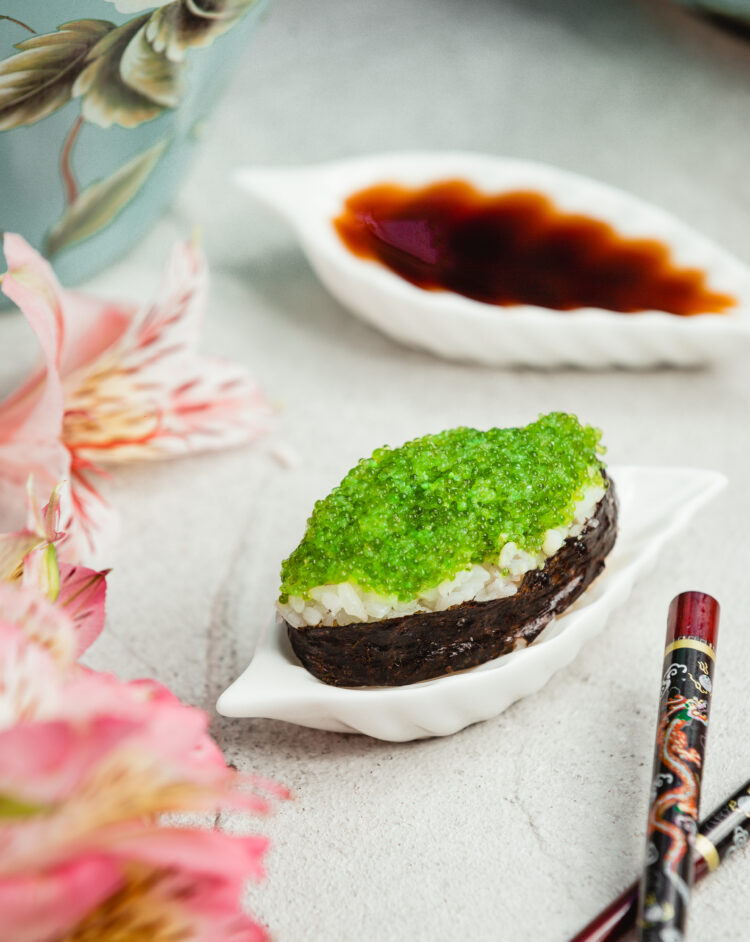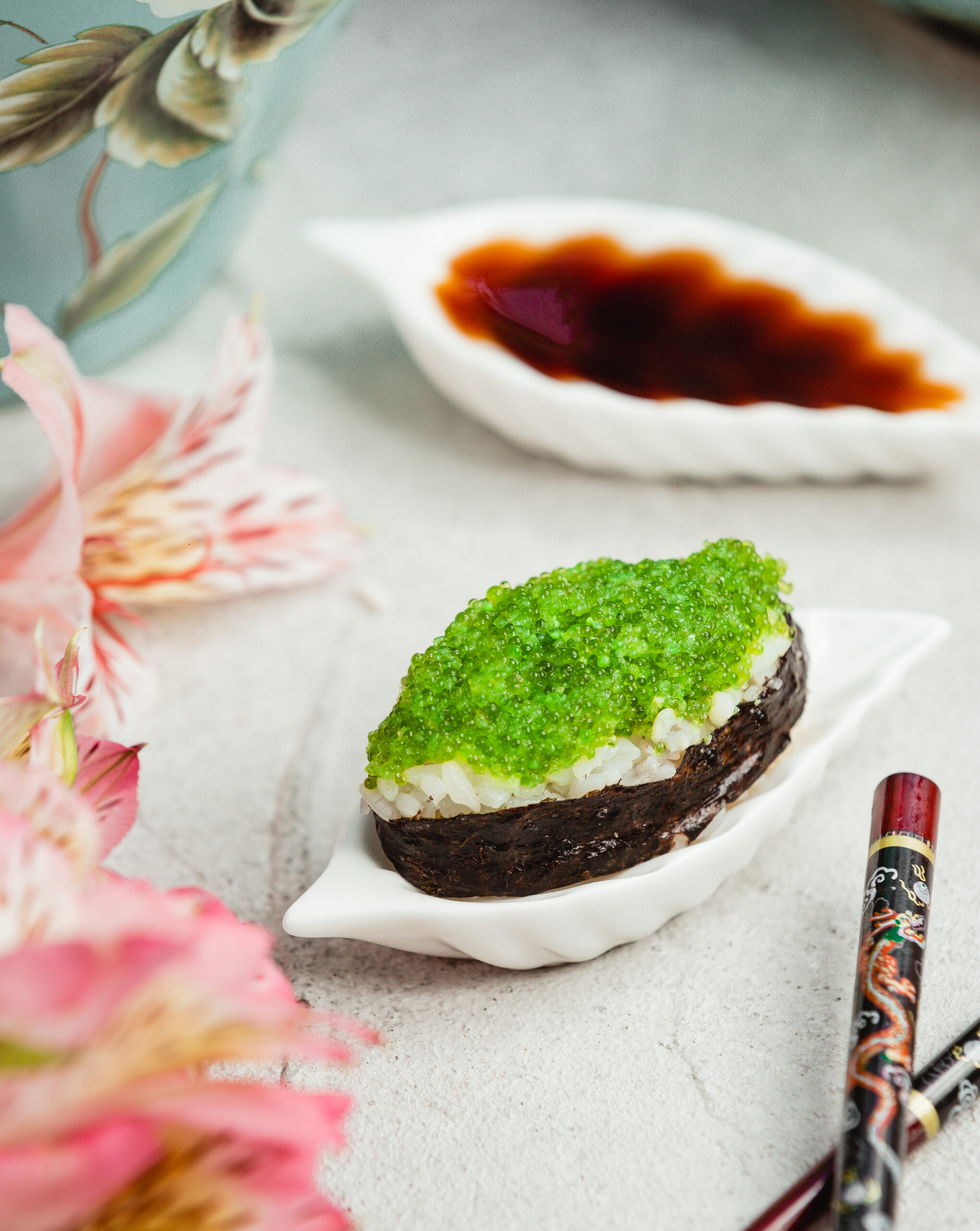Japanese Dessert Recipes
Have you ever taken that first bite of a dessert so unique, it instantly transports you to another world? That’s exactly the magic behind Japanese dessert recipes. With their delicate balance of flavor, texture, and artistry, these sweet creations are as beautiful to look at as they are to eat. Whether you’re craving the chewy charm of mochi or the earthy richness of matcha, there’s something here for every sweet tooth. In this post, I’ll show you how easy—and fun—it can be to bring a touch of Japan’s sweetest traditions right into your kitchen. Let’s dive into the world of wagashi and beyond!

Key Benefits of Making Japanese Dessert Recipes at Home
There’s something incredibly rewarding about creating Japanese desserts in your own kitchen. These sweet treats aren’t just delicious—they offer a unique combination of cultural experience, health-conscious ingredients, and aesthetic satisfaction. Whether you’re crafting traditional wagashi or playful Pokémon Sleep Dessert Recipes, here’s why you’ll love diving into this culinary adventure.
1. Healthier Sweet Options
Many Japanese desserts use naturally sweet ingredients like red bean paste, matcha, and rice flour, meaning less processed sugar and more wholesome satisfaction. They’re perfect for when you want something sweet without going overboard.
2. Visually Stunning Results
From the soft green of matcha mochi to the delicate layers of a parfait, Japanese desserts are made to be admired. Their minimalist beauty makes them ideal for entertaining or sharing on social media.
3. Simple Ingredients, Big Flavor
You don’t need a long shopping list. Most recipes call for a few key pantry items—like mochiko flour and matcha powder—but the flavor payoff is huge. It’s all about balance, not excess.
4. Naturally Gluten-Free Options
Because so many recipes use rice flour instead of wheat, many traditional Japanese desserts are naturally gluten-free. Great news for those with dietary restrictions!
5. Cultural Discovery in Every Bite
Each dessert comes with a story—seasonal celebrations, centuries-old rituals, or the personal memories of a Japanese grandmother’s kitchen. Cooking these treats at home is a beautiful way to explore a new culture through food.
Essential Ingredients for Authentic Japanese Desserts
Before you dive into the world of Japanese dessert recipes, it’s helpful to get familiar with the key ingredients that make these treats so distinct. The good news? You don’t need a fancy pantry—just a few staples that unlock a whole range of possibilities. Let’s take a look at the must-haves:
1. Mochiko (Sweet Rice Flour)
This glutinous rice flour is the heart of many classic desserts like mochi and dango. It’s what gives those chewy textures we all love. Look for it in Asian grocery stores or online—it’s a game-changer.
2. Matcha Powder (Green Tea)
Finely ground green tea leaves, matcha adds a beautifully earthy flavor and vibrant green color. Use it in cakes, puddings, or ice cream. Tip: Go for culinary-grade matcha for baking and desserts.
3. Anko (Sweet Red Bean Paste)
Made from adzuki beans, this subtly sweet paste is a staple filling in Japanese confections like dorayaki, taiyaki, and manju. You can buy it ready-made or make it from scratch for extra bragging rights.
4. Kanten (Japanese Agar-Agar)
A vegan alternative to gelatin, kanten is made from seaweed and used to create jelly-like textures in desserts such as anmitsu. It sets firmer than gelatin and works well for clean, structured presentation.
5. Kinako (Roasted Soybean Flour)
Nutty and aromatic, kinako is often sprinkled on top of mochi or blended into dough. It adds a toasty richness and a protein boost too!
6. Seasonal Fruits
Fruits like strawberries, yuzu, melon, and persimmon bring freshness and balance to the sweetness. They’re often used in wagashi or as toppings for parfaits and jellies.
Pantry Tips:
- Store flours and powders in airtight containers to preserve freshness.
- Buy small batches of matcha—it loses flavor quickly if left open too long.
- Keep anko paste refrigerated if homemade, or freeze for longer storage.
Instructions: How to Make 3 Classic Japanese Desserts
Let’s get cooking! Below are step-by-step instructions for creating three beloved Japanese dessert recipes at home: Strawberry Daifuku, Matcha Pudding, and Dorayaki. Each one is simple enough for beginners, yet impressive enough to wow your guests.
1. Strawberry Daifuku (Ichigo Daifuku)
Soft mochi wrapped around juicy strawberries and sweet red bean paste.
You’ll Need:
- 1 cup glutinous rice flour (shiratamako or mochiko)
- ½ cup sugar
- ¾ cup water
- Cornstarch (for dusting)
- 6 small strawberries, hulled
- 6 tsp anko (red bean paste)
Steps:
- Wash and pat dry the strawberries. Wrap each one in about a teaspoon of anko. Chill while you prep the mochi.
- In a microwave-safe dish, combine sticky rice flour, sugar, and water Stir well.
- Microwave for 1 minute, stir, then microwave again for 1 minute. Repeat until the dough becomes slightly translucent and sticky.
- Sprinkle cornstarch on a clean workspace and place the mochi dough there.. Let cool for 1–2 minutes.
- Cut the dough into 6 portions. Flatten each and wrap around the strawberry-anko filling, pinching the edges to seal.
- Serve at room temperature or slightly chilled.
2. Creamy Matcha Pudding
Silky, lightly sweet pudding with a rich green tea flavor.
You’ll Need:
- 2 tsp matcha powder
- 2 tbsp hot water
- 1¼ cups whole milk
- ¼ cup sugar
- 2 tsp gelatin powder
- 2 tbsp cold water
- Optional: whipped cream or kinako for topping
Steps:
- Dissolve matcha in hot water to form a smooth paste.
- In a saucepan, heat milk and sugar until just warm—not boiling.
- In a small bowl, sprinkle gelatin over cold water and let bloom for 5 minutes.
- Add gelatin to warm milk and stir until fully dissolved.
- Whisk in the matcha paste until evenly combined.
- Pour into ramekins or cups and refrigerate for 2–3 hours until set.
- Top with whipped cream or kinako before serving.
3. Fluffy Dorayaki (Red Bean Pancakes)
Golden pancakes filled with sweet red bean paste—like a Japanese sandwich cookie!
You’ll Need:
- 2 eggs
- ¼ cup sugar
- 1 tbsp honey
- ½ cup all-purpose flour
- ½ tsp baking powder
- 2–3 tbsp water
- 6 tbsp anko (red bean paste)
- Oil for greasing
Steps:
- In a bowl, whisk eggs, sugar, and honey until light and frothy.
- Sift in flour and baking powder. Mix gently. Add water 1 tbsp at a time until the batter is slightly runny.
- Heat a nonstick pan over medium-low and lightly oil it.
- Pour about 2 tbsp of batter per pancake. Cook until bubbles appear, then flip and cook another 30 seconds.
- Let cool slightly, then spread anko on one pancake and sandwich with another.
✅ Cooking Tips:
- Wrap mochi tightly in cling film to keep it from drying out.
- For extra-smooth matcha pudding, strain the mixture before chilling.
- Dorayaki pancakes taste best when slightly warm and soft.
Pro Tips and Variations
Expert Tips to Get It Just Right
- Dust with confidence: When working with mochi dough, be generous with cornstarch to prevent sticking. But don’t overdo it—just enough to handle easily.
- Temperature is key: For matcha pudding, avoid boiling the milk. A gentle heat ensures the gelatin sets properly and keeps the matcha smooth and bright.
- Pancake perfection: Want your dorayaki pancakes fluffy and golden?Allow the batter to sit for 8–10 minutes prior to cooking to ensure the baking powder is fully activated.
- Red bean paste hack: Short on time? Use store-bought anko, but enhance it with a dash of sea salt or orange zest to elevate the flavor.
Flavor Variations Worth Trying
- Fruit-Filled Mochi: Swap strawberries for mango cubes, kiwis, or even mini chocolate truffles for a fun surprise center.
- Vegan Matcha Pudding: Use almond milk or coconut milk and replace gelatin with agar-agar—a plant-based alternative with a firmer texture.
- Creative Dorayaki Fillings: Think beyond red bean! Try Nutella, custard cream, or even black sesame paste for a unique twist.
- Add a Crunch Factor: Sprinkle toasted sesame seeds, crushed roasted soybeans (kinako), or chopped nuts for extra texture and flavor.
Make It Seasonal
Japanese desserts beautifully reflect the seasons.
Here’s how to adapt them year-round:
- Spring: Add sakura (cherry blossom) essence or use pink food coloring in mochi for a hanami-inspired treat.
- Summer: Serve fruit-filled kanten jelly chilled with mint.
- Autumn: Incorporate roasted sweet potatoes or chestnut purée.
- Winter: Warm dorayaki with spiced red bean filling is the coziest companion to green tea.
Serving Suggestions
You’ve put love into crafting these Japanese desserts—now let’s talk about how to serve them in a way that honors their elegance and makes the experience extra special. Presentation in Japanese cuisine is just as important as taste, so think of this as the final touch to complete your sweet masterpiece.
Pair with the Perfect Drink
-
- Matcha Tea: A classic pairing for wagashi and mochi. The slight bitterness of matcha balances out the sweetness beautifully.
- Genmaicha (roasted rice green tea): Light and nutty—perfect for pairing with creamy matcha pudding or sweet pancakes.
- Chilled Yuzu Fizz: Pair dorayaki or daifuku with a cool, tangy yuzu sparkling drink for a zesty complement.
Plate It with Intention
- Keep it simple: Use small ceramic or lacquer plates and clean lines to showcase the dessert’s color and form.
- Garnish lightly: A sprinkle of kinako, a dusting of powdered sugar, or a tiny mint leaf adds just the right finish without overpowering.
- Think in threes: Arrange desserts in odd numbers—this aesthetic technique (known as wabi-sabi) is visually appealing and traditional in Japanese plating.
Themed Dessert Moments
- Sakura Season at Home: Set up a picnic with strawberry mochi, sakura tea, and pink-themed napkins during spring.
- Tea Ceremony Vibes: Serve small wagashi with hot matcha on a bamboo tray for an authentic, zen-like dessert break.
- Mini Bento Box: Pack multiple small treats (daifuku, matcha truffles, jelly cubes) into a bento-style dessert box for a playful, modern twist.
Conclusion
Japanese dessert recipes have a way of turning simple ingredients into something deeply meaningful—where flavor, texture, and presentation come together in perfect harmony. Whether you’ve made your first batch of strawberry daifuku, whipped up a silky matcha pudding, or flipped your way through golden stacks of dorayaki, you’ve just taken part in a sweet tradition rooted in care and creativity.
What’s so beautiful about these desserts is how approachable they are. You don’t need fancy tools or a pastry chef’s touch—just a little curiosity and a willingness to try something new. From the chewy comfort of mochi to the refined elegance of wagashi, there’s something for every mood, season, and occasion.
So go ahead—invite a few friends over, pour some green tea, and share what you’ve created. Or better yet, keep it all for yourself (we won’t judge). And remember: the best part about exploring Japanese sweets is that each attempt brings something new to the table.
FAQs
Even with the best instructions, a few questions always pop up. Whether you’re new to Japanese dessert recipes or just looking to improve your technique, here are some helpful answers to the most common queries:
Can I make mochi without a microwave?
Absolutely! You can steam the mochi dough for about 15–20 minutes instead. Just be sure to stir occasionally to avoid lumps. Steamed mochi tends to be slightly chewier—some even prefer it that way!
Is matcha pudding caffeinated?
Yes, but only slightly. Matcha contains about half the caffeine of coffee per serving, so it gives a gentle energy boost without the jitters. It’s perfect for an afternoon pick-me-up or light dessert.
How long do these desserts keep?
Here’s a quick guide:
- Mochi/Daifuku: Best eaten the same day, but can be stored in an airtight container at room temp for 1–2 days.
- Matcha pudding: Lasts 3–4 days in the fridge. Cover with plastic wrap to prevent skin from forming.
- Dorayaki: Can be refrigerated for up to 3 days. Warm slightly before serving for best texture.
Are there vegan versions of these recipes?
Yes! Most Japanese sweets can easily be adapted:
- Use agar-agar instead of gelatin for puddings and jellies.
- Swap dairy milk for almond, soy, or coconut milk.
- Make or buy vegan-friendly red bean paste (check the label).
What if I don’t have Japanese ingredients?
No worries! Here are a few swaps:
- Lemon zest for yuzu
- Cornstarch for dusting instead of katakuriko
- Honey or maple syrup in place of mirin (if just for sweetness)
- All-purpose flour can replace cake flour in dorayaki

